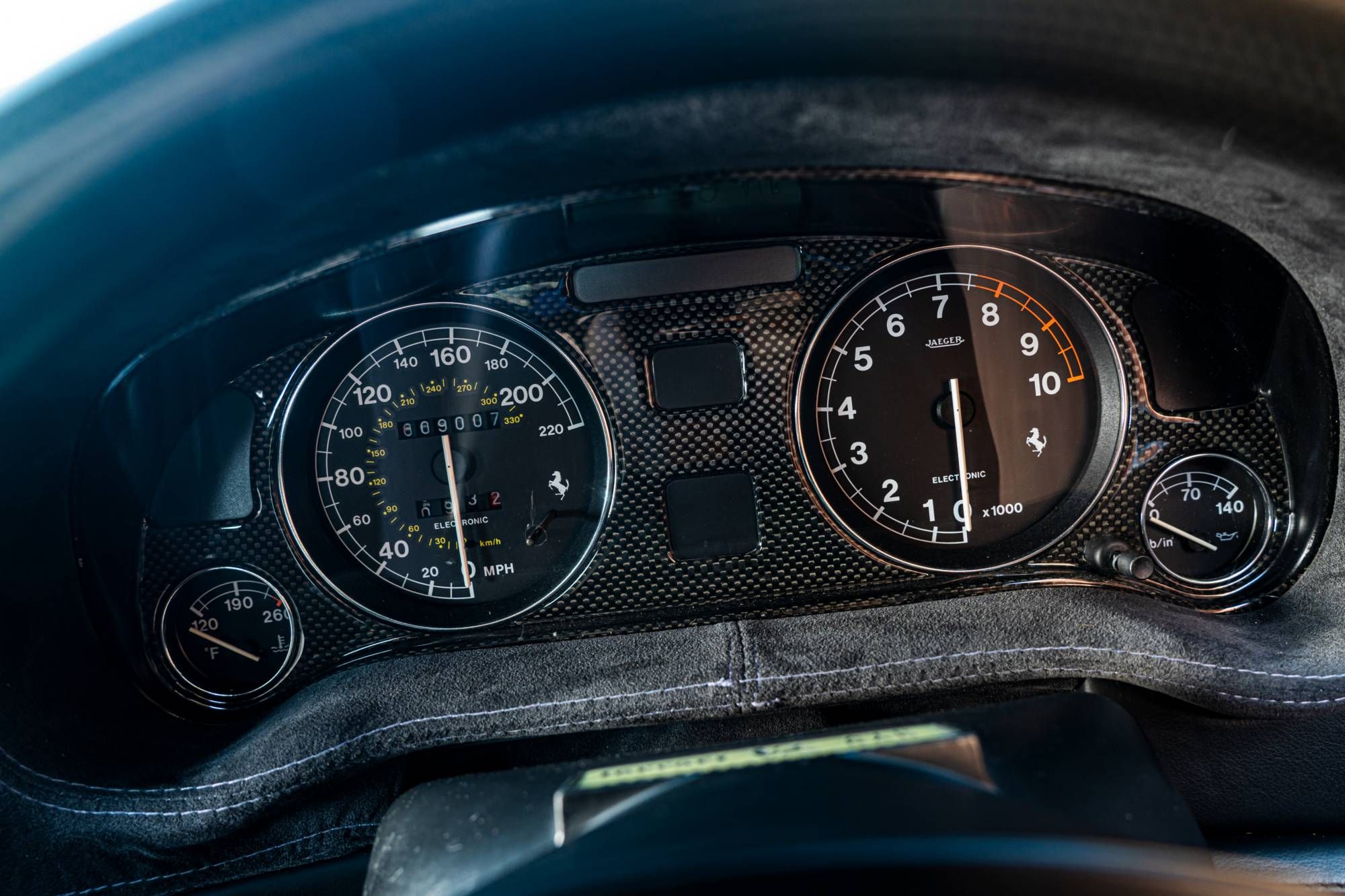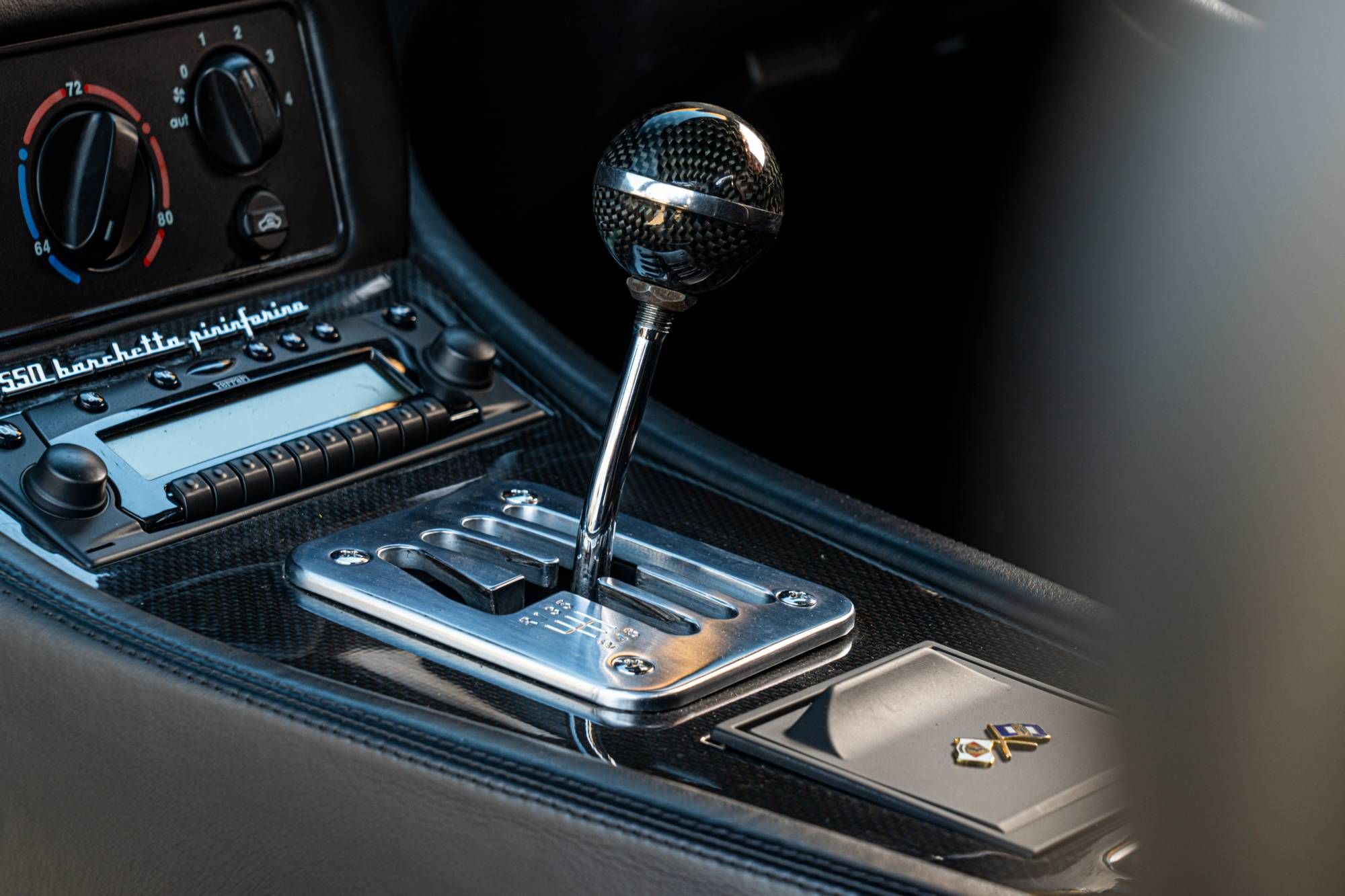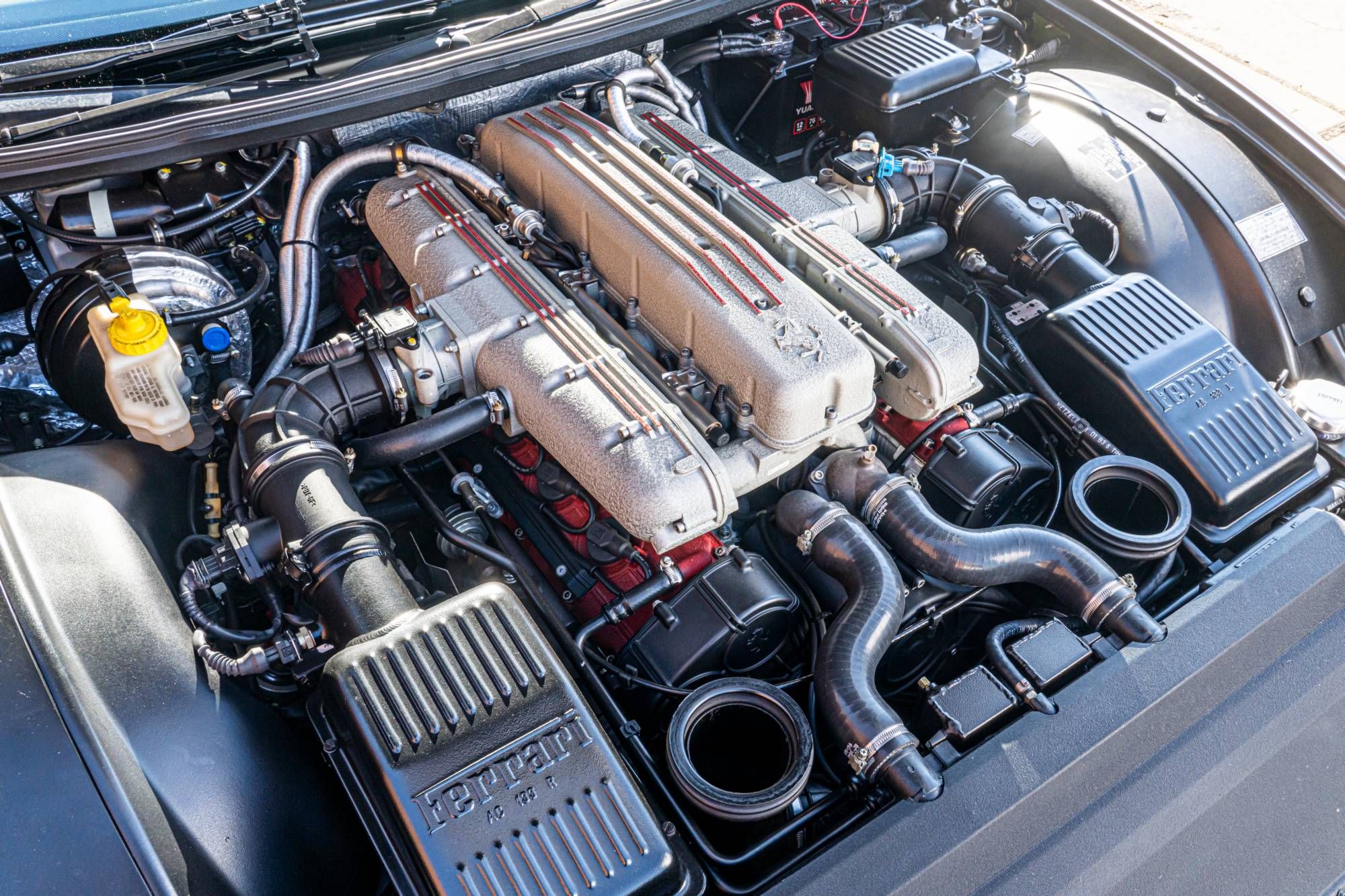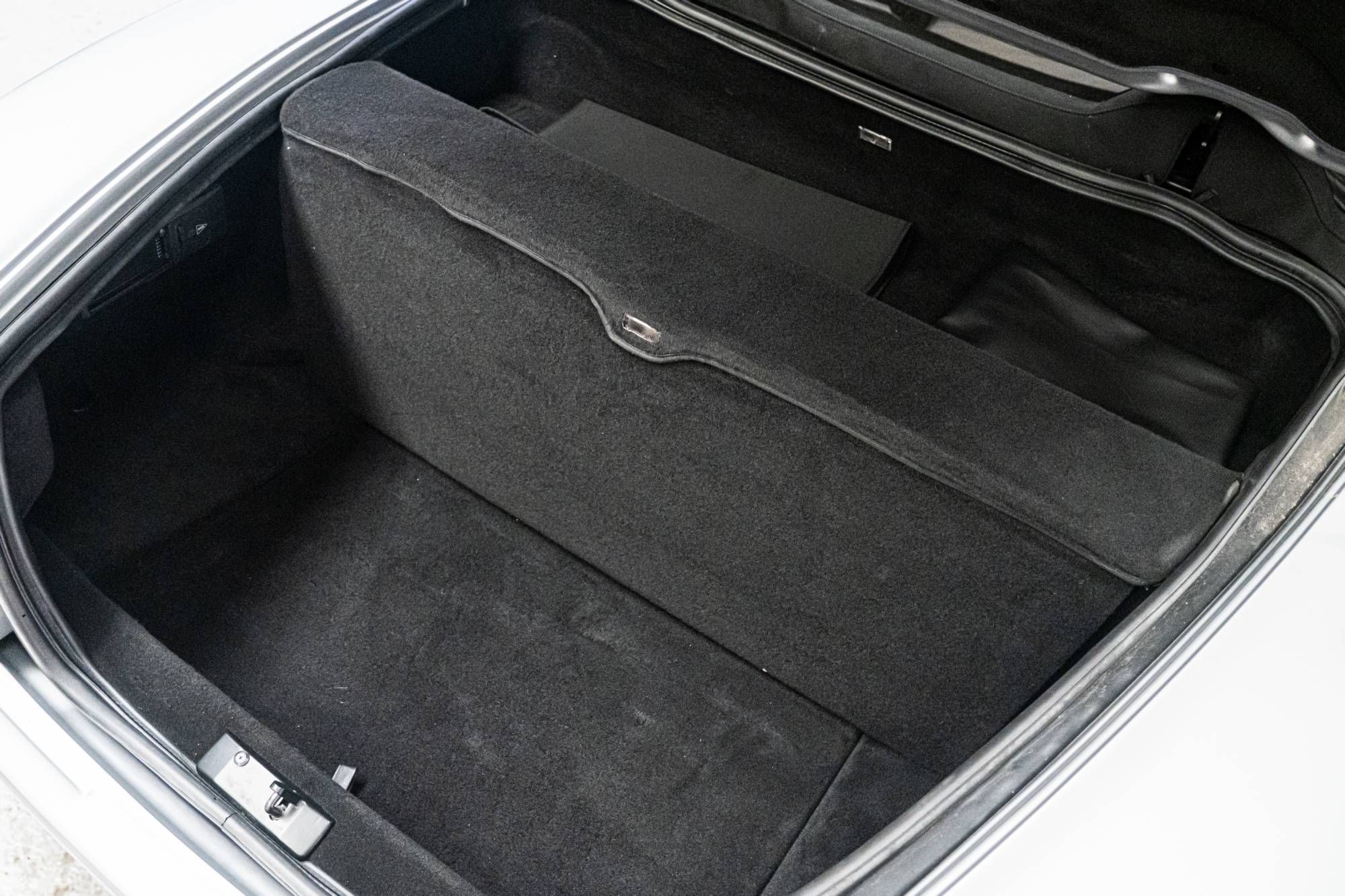- Click here for Highlights
- Click here for This Vehicle
- Click here for Description
- Click here for Documents
Highlights of this particular Motorcar:
Exact Description of this Specific Motorcar
In 1991 Luca di Montezemolo became president of Ferrari, and set his heart on building a true Grand Tourer: a front-engined, V12-powered supercar like the marque’s classic Daytona, produced from 1968 until its replacement by the mid-engined, flat-12 Berlinetta Boxer in 1973.
Styled by design house and coachbuilders Pininfarina, the Ferrari 550 Maranello – named after its 5.5-litre power plant and Ferrari’s hometown – was unveiled five years later. With its long bonnet, short tail and round tail lights, the berlinetta – a form of sports coupé, popularised by Ferrari in the 1950s – had powerful, elegant lines recalling the Daytona, while its bonnet air scoop and wing-mounted ‘gill’ vents mirrored those of classic racing cars such as the Ferrari 250GT.
But if the 550 looks like its predecessors, the driving experience is in another league. Taking the 48-valve, quad-cam V12 used in 1992’s 456 GT, Ferrari’s engineers redesigned the cylinder heads and induction system to produce the F133A engine. Generating 478bhp at 7000rpm and 415lb/ft at 5000rpm, this naturally-aspirated monster hurls the 550 to 62mph in 4.4 seconds and tops out at 199mph.
With 100bhp more power than its illustrious front-engined predecessor, the 550 represented “a return to traditional values, albeit values and standards that tower high above those set by the Daytona”, said Car magazine. Michael Schumacher – who got behind the wheel at its Nürburgring launch, along with Niki Lauda and Jody Scheckter – commented that the V12 is “not only sweet at high revs, it gets a move on right from the start.” Soon, Prodrive would demonstrate its potency by taking a modified 550 to victory in the GTS class at the 24 Hours of Le Mans.
Sold with a manual six-speed gearbox and limited slip differential powering the rear wheels, the 550 has a tubular steel chassis, aluminium coachwork and generous luggage space. Magnesium alloy wheels and aluminium calipers help keep the weight to 1716kg, and the double wishbone suspension features adjustable damping and a stiffer, Sport setting. Vented disc brakes are supported by ABS and an Anti-Slip Regulation (ASR) stability control system, but the ASR can be dialled down or turned off. Indeed, the 550 has few assistive technologies: this supercar was expressly designed to let the driver do the driving.
With its front-mounted engine, rear-wheel drive, highly driftable chassis and luxurious cockpit, the 550 is a joy to drive – offering comfortable cruising, dramatic acceleration, and exhilaration in the twisty bits. When in 2004 Evo tested the “ten greatest drivers’ cars of the previous ten years” – including the Lotus Elise 135 and Porsche 911 GT3 – the Ferrari 550 came out on top.
“The V12 engine was and is a wonderful thing, delivering a creamy torrent of power and torque, but it was the handling that had road testers in raptures. Here was a Ferrari supercar that could be driven with the same brio as a compact, lightweight sports car,” the magazine said. “There’s never been a supercar that’s so exploitable and rounded in its abilities”. As Evo concluded, the Ferrari 550 is truly “a super car to live with”.




































